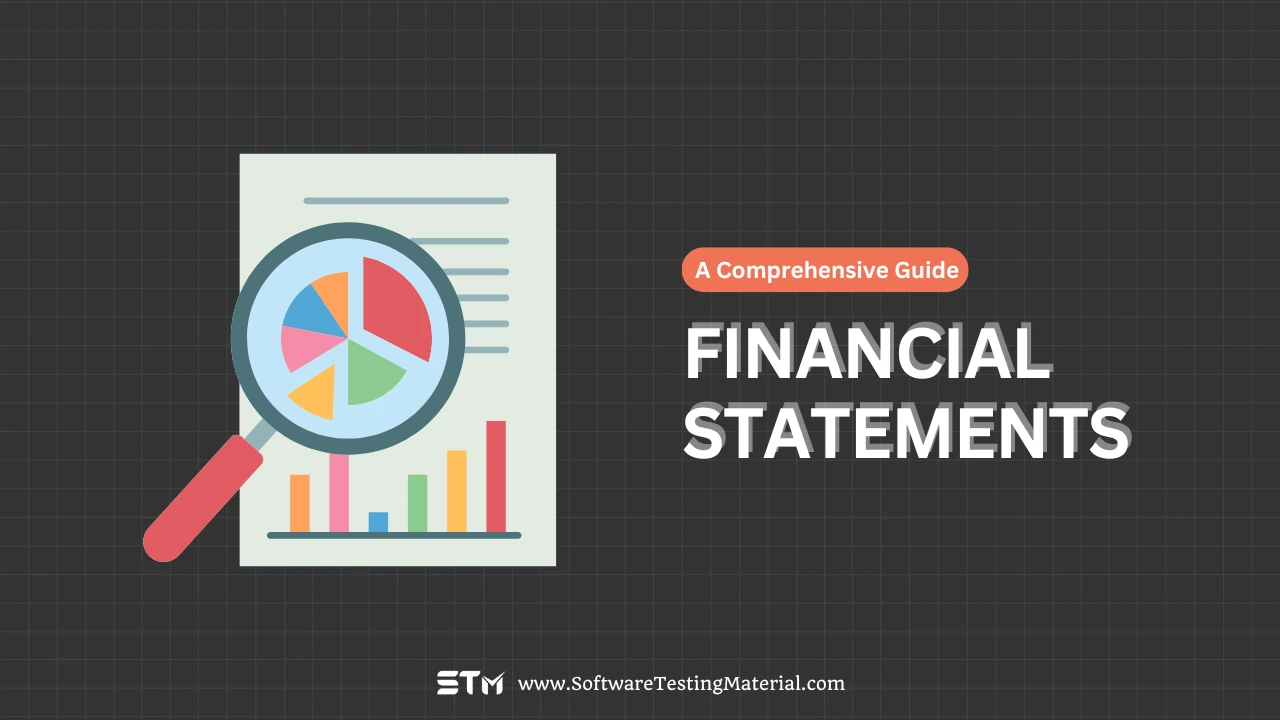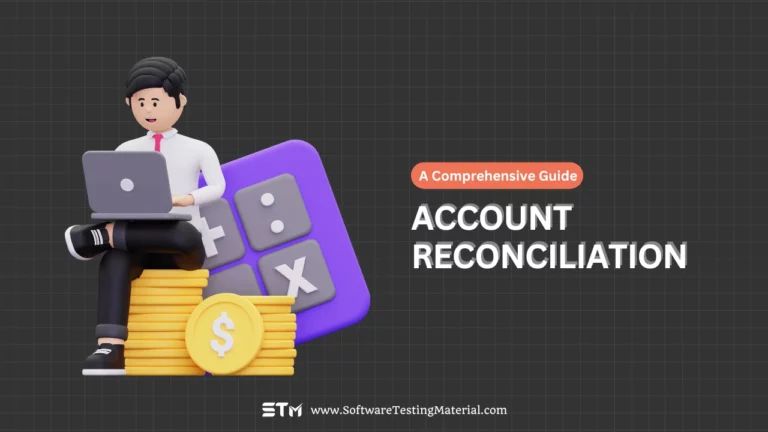Financial Statements Explained: Types, Importance, and How to Read Them
If you want to manage your personal finances or run a business then you need to understand financial statements. These documents gives you a clear picture of a company’s financial health by showing income, expenses, assets and liabilities. Financial statements includes balance sheet, income statement and cash flow statement, each plays a vital role in helping investors, managers and other stakeholders to take informed decisions. Even if you are not directly into finance having a basic understanding of these statements is very useful in personal and professional life.
Must read: What is Financial Reconciliation

What is a Financial Statement?
A financial statement is like a report card for a company that shows its financial performance over a period of time. It includes key documents such as balance sheet, income statement and cash flow statement. These documents shows how much money the company earned, what it spent on, what it owns and what it owes. By looking at a financial statement you can understand how a company is doing financially and take informed decisions about investments or business strategies. They are very useful for anyone who wants to understand a company’s financial health in simple way.
Types of Financial Statements
There are four types of financial statements, each serves a different purpose to evaluate a company’s financial health:
#1. Balance Sheet:
The balance sheet gives you a snapshot of what a company owns and owes at a particular point of time. It lists the company’s assets (what it owns), liabilities (what it owes) and shareholders’ equity (the ownership interest of its shareholders). It helps you to check whether the company has enough resources to pay its debts.
#2. Income Statement:
This statement shows the company’s income and expenses over a period of time. Also called profit and loss statement, itshows whether the company made profit or loss during that time.
#3. Cash Flow Statement:
The cash flow statement shows how money is coming in and going out of the company. It breaks down cash flows from operating activities, investing activities and financing activities. This statement helps to check whether the company can meet its current cash requirements.
#4. Statement of Shareholders’ Equity:
This statement shows changes in the shareholders’ interest in the company. It shows the contributions made by the shareholders and the distributions received by them. Understanding this statement helps to check changes in the company’s financing and capital.
Why Financial Statements are Important
Financial statements are important because they shows how well a company is doing financially. By looking at these documents you can see if the company is making money or losing it. They helps investors to decide whether to invest in the company and helps managers to take important business decisions. These statements also shows if a company can pay its bills and stay in business. Overall financial statements gives a clear picture of a company’s financial health, so they are very useful for anyone related to the company.
How to Read and Interpret Financial Statements
Reading financial statements can be overwhelming but if you break it down into simple steps it becomes manageable.Start with the Balance Sheet; it shows you what the company owns (assets) and owes (liabilities) and what the shareholders own (equity) at a particular point of time. Then review the Income Statement; it shows the company’s income and expenses over a period. This will help you to see if the company is making profit. The Cash Flow Statement is your go to for how much cash is coming in and going out of the business through different activities. Look at cash from operating activities as it reflects the core business operations. Finally the Statement of Shareholders’ Equity can give you idea on how the company is financing its operations and growth. By taking these statements one by one and focusing on the key figures you can get a clear picture of the company’s financial health.
Common Challenges in Preparing Financial Statements
- Accuracy Issues: Numbers must be correct but it’s time consuming. Mistakes can lead to incorrect financial information.
- Changing Rules: Accounting standards and rules change frequently. Always learning new things means.
- Data Integration: Combining information from different departments into one statement can be tough.
- Tight Deadlines: Preparing statements fast, especially at the end of the fiscal year can be very stressful.
- Limited Resources: Small and medium businesses may not have enough resources to handle these tasks easily.
Best Practices for Accurate Financial Statement Preparation
- Double-Check Your Entries: Take extra time to review each number you enter. Verifying entries helps to prevent mistakes that can lead to wrong financial statements.
- Stay Updated: Make sure you are up to date with the latest accounting standards and rules. Set aside time to learn about new changes that may affect your business.
- Use Reliable Software: Invest in good accounting software. This can help to automate data integration and reduce errors, save you time and effort.
- Plan Ahead: Start preparing your financial statements way before the deadline. This gives you enough time to ensure accuracy and reduces stress during peak periods.
- Train Your Team: Train your team on best accounting practices. A well informed team can help ensure your financial records are accurate.
- Seek Professional Help: If you’re unsure about complex issues, consider hiring a professional accountant. Their expertise can help ensure your financial statements are correct and compliant.
Conclusion
Financial statements are important for businesses as it shows a clear picture of the company’s financial health and helps in decision making. It’s important not only for business owners but also for stakeholders, investors and regulators who rely on accurate financial data to assess performance and potential. By following good financial reporting practices, companies can ensure accuracy and reliability of their statements. Adhering to these standards not only minimizes errors but also builds trust and credibility with stakeholders. In the end, consistent and careful financial statement preparation is the foundation for business growth.
Related posts:
- Best Account Reconciliation Software
- Best Financial Close Automation Software
- Best Record to Report Automation Software
- Best OneStream Alternatives & Competitors
- Best Blackline Alternatives & Competitors
- Best FloQast Alternatives & Competitors
- Best Trintech Alternatives & Competitors
- What is Financial Close Process
- What is Financial Reconciliation
- What is Account Reconciliation
- What is Record to Report (R2R)






